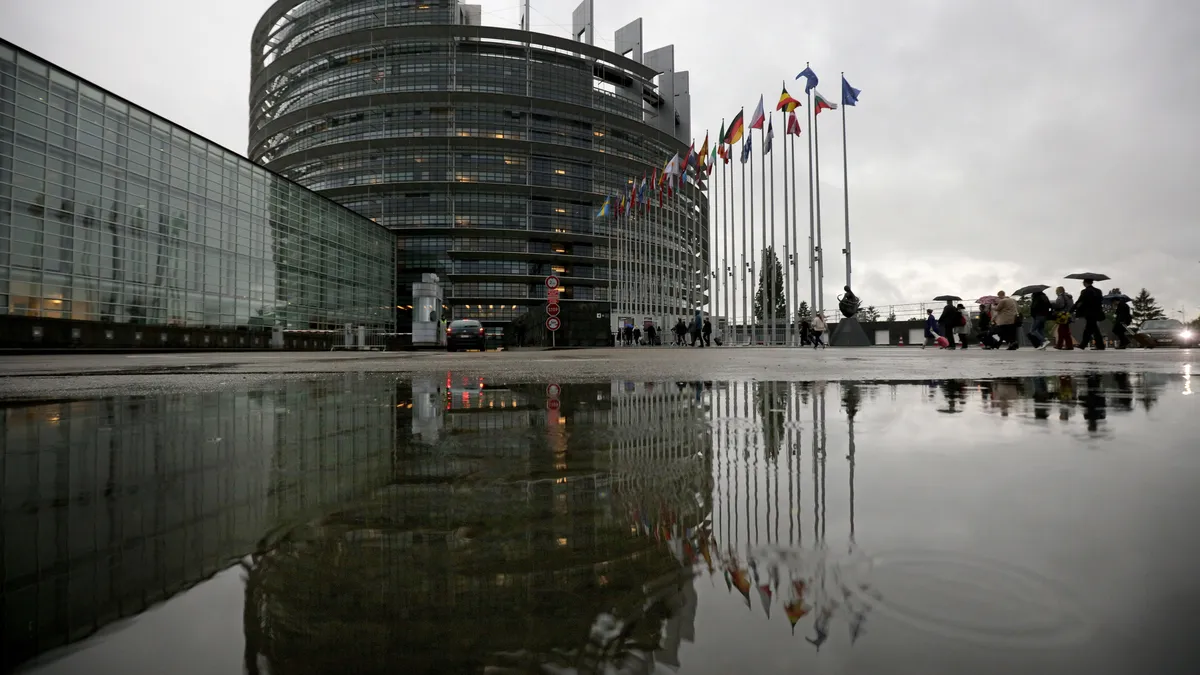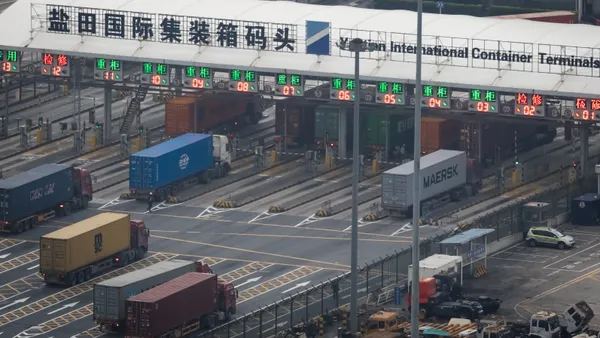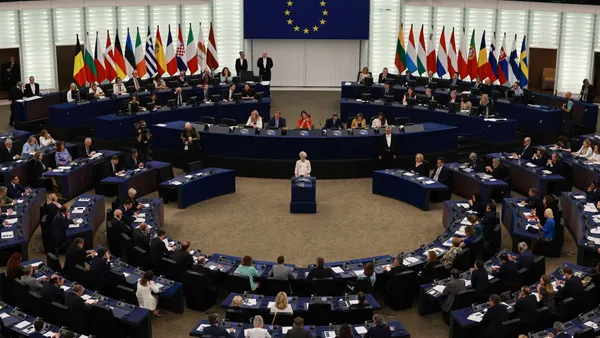Puma will source all of its leather from verified deforestation-free supply chains by 2030 or earlier, the company announced last week.
Germany-based Puma joined the Deforestation-Free Call to Action for Leather initiative, which was launched last month by nonprofits the Textile Exchange and the Leather Working Group. The initiative asks brands across industries to boost supply chain transparency to identify where raw material is sourced.
Other signees include Puma competitor Adidas and fashion companies including Tapestry, Capri Holdings and Kering.
Puma’s leather is currently sourced from tanneries certified by the Leather Working Group, according to the release. The Leather Working Group certifies leather manufacturers, commissioning manufacturers, subcontractors and traders with the aim of reducing the impact of the leather industry.
About half of the leather Puma uses is suede, a byproduct of the full grain leather business. The company said the challenge it faces with suede is that tanneries for the material work with intermediaries besides direct tanneries for a stable supply chain, which creates a challenge to have full traceability at the cattle ranch level.
“To mitigate the risk of biodiversity loss due to our production processes, [Puma] addresses environmental pollution risk through our targets to increase the use of more sustainable materials and through our suppliers’ program on climate, chemicals, water, and air,” Veronique Rochet, senior head of sustainability at Puma, said in the release.
The deforestation-free commitment also relates to one of Puma’s sustainability targets for biodiversity, Rochet said. Puma doesn’t use any wood or wood-derived fabrics from ancient or endangered forests.
Earlier this year, Puma eliminated kangaroo leather from its soccer cleats. It pivoted to a new proprietary “K-Better” material with a core nylon element.











